Nothing says future of aviation like a flying wing. A century after they were first imagined, they still look futuristic. Probably because so few of them have flown.
Dieselpunk loves to stock the Nazi air fleet with flying wings designed by the brother Walter and Reimar Horten, but they weren’t the only pioneers in the field. America’s Jack Northrop, founder of the Northrop Corporation, was another flying-wing advocate. His designs didn’t impress the Air Force in the 1940s, but after his death his company would sell the Pentagon a flying wing after all: the B-2 Spirit stealth bomber, the most expensive aircraft ever made.
Northrop is designing the B-2’s successor. Many unmanned aerial vehicles, or drones, are flying wings. They may even — finally — come to commercial aviation, almost a century after magazines like Popular Mechanics and Popular Science predicted they would.
Future past
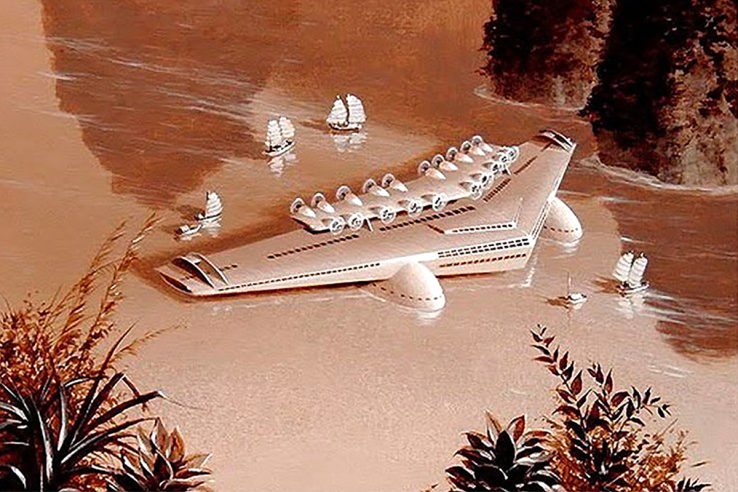
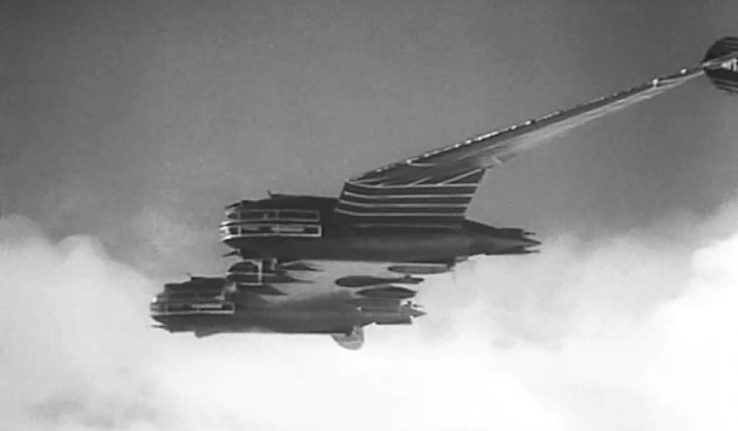
American industrial designer Norman Bel Geddes included the enormous “Airliner Number 4” in his 1932 book Horizons. A combination of flying boat and flying wing, it was designed to ferry 600 passengers in luxury across the Atlantic.
The black-and-white movie Things to Come (1936) has an aircraft partly inspired by Geddes’ design.
Popular Science reported in June 1933 that a flying wing was being developed in Fascist Italy by Caproni. The aircraft would be powered by six propellers, each blasting air through tunnels that could drive it forward, “something in the manner of rocket propulsion.” On either side of the cockpit would be observation bays from where passengers could see the sky ahead.
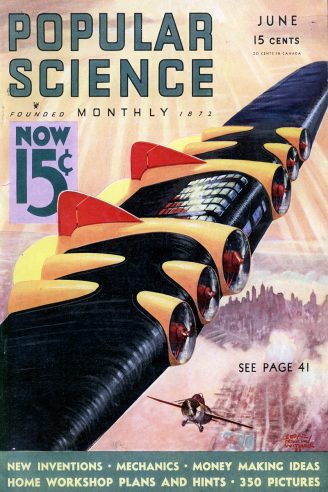
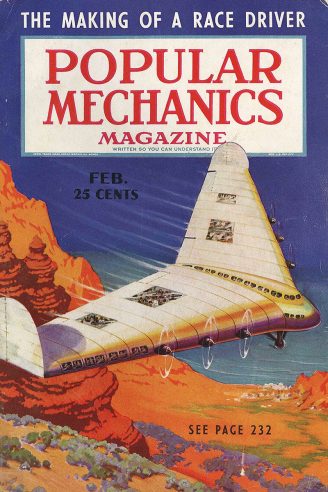
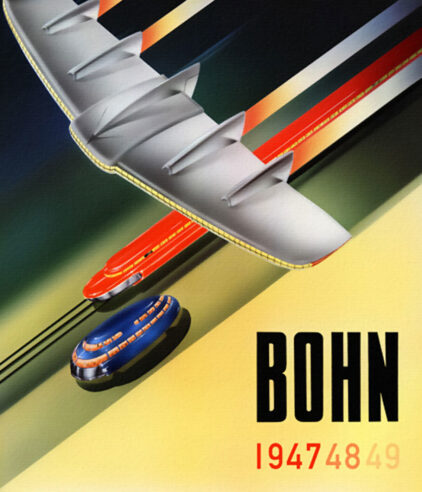
Hall L. Hibbard, chief engineer at Lockheed, predicted in an article for the February 1938 edition of Popular Mechanics that flying wings would rule the skies in just a decade. Made from stainless steel, they could be “almost twice the size of any plane now under construction.”
Travelers will ride inside the giant wing, which will be equipped with individual staterooms, recreational facilities and a promenade deck. Curved windows will be placed in the leading edge of the wing, in the ceiling and parts of the floor. To complete the picture, the tricycle landing gear will be used to land the big transports.
But by 1947, flying wings were still futuristic enough for Bohn Aluminum to feature it in an advertisement — illustrated by Arthur Radebaugh — of what tomorrow might bring. The ad predicted that “planes capable of carrying loads of one hundred tons or more, with speed and economy” would soon take flight.
Kalinin K-7
Not a flying wing exactly, the unusual configuration of Russia’s Kalinin K-7 consisted of twin booms and large underwing pods housing fixed landing gear and machine gun turrets. It was 28 meters long and 53 meters wide, making it one of the largest aircraft built before the jet age.
A single prototype was built, which crashed. The plan was for civilian and military versions to be constructed, with the former seating around 120 passengers in the wings and the latter armed with autocannons, machine guns and bombs. But the project was terminated in 1935.
Horten brothers

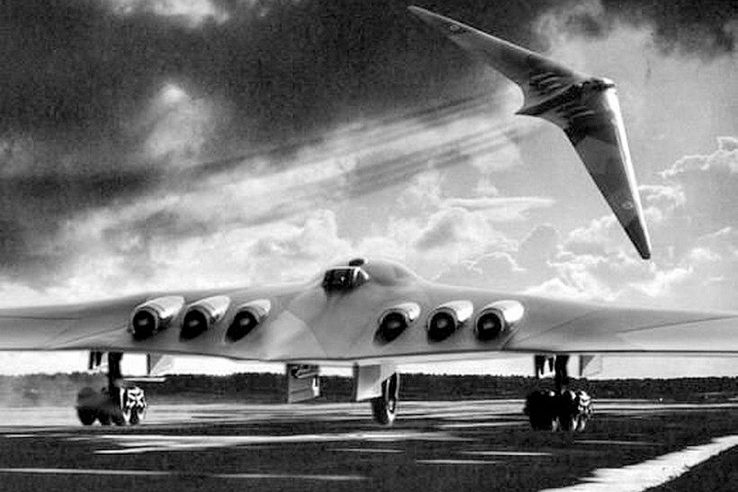
The first proper flying wing was designed by the brothers Walter (1913-98) and Reimar Horten (1915-94) in Germany. Neither had a formal training in aeronautics, yet they came up with some of the most innovative aircraft designs of the twentieth century. (See Strange Aircraft of the Third Reich)
The Horten Ho IX (also known as the Ho 229 and Gotha Go 229 after the Gothaer Waggonfabrik where it was constructed) was a favorite of Luftwaffe chief Hermann Göring. Envisaged as a bomber, his Air Ministry ordered the addition of two 30mm cannons so it could be used as a fighter plane as well.
The first Ho IX flew on March 1, 1944, followed by another test flight in December. Göring ordered forty aircraft built at Gotha. The program was accelerated when the Allies crossed the Rhine in March 1945, but production was still too slow to make a difference in the war. The only flying wing ever readied for combat was promptly captured by the Americans. It is now stored at the Smithsonian National Air and Space Museum’s Paul E. Garber Restoration Facility in Suitland, Maryland.
Various World War II video games, including Blazing Angels 2: Secret Missions of WWII (2007) and Wolfenstein: The New Order (2014), feature Horten-style flying wings. Revell sells model kits of the Ho IX with box cover art by Egbert Friedl.
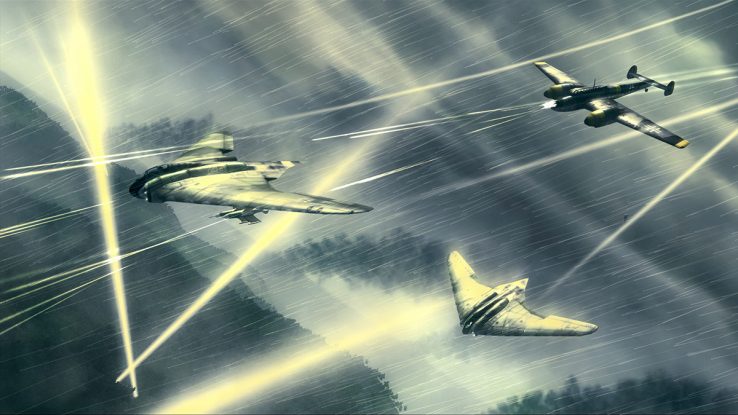
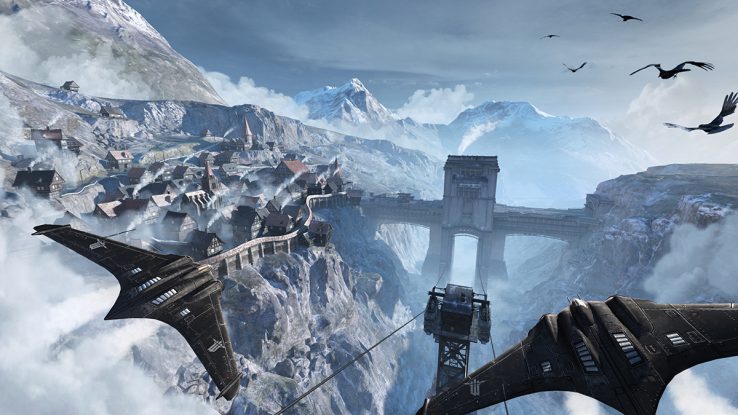

Artists Rob Caswell, Géry Gueville, Péter Kondás and Jack Fellows have created their own versions.
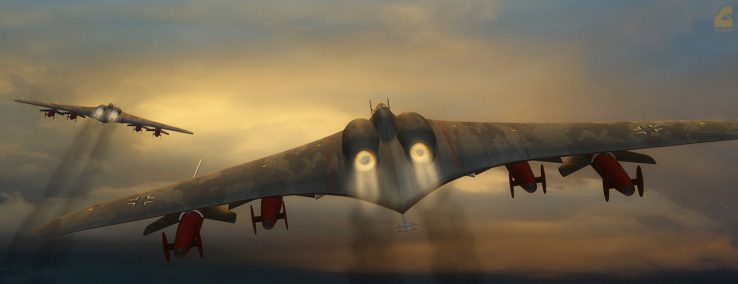
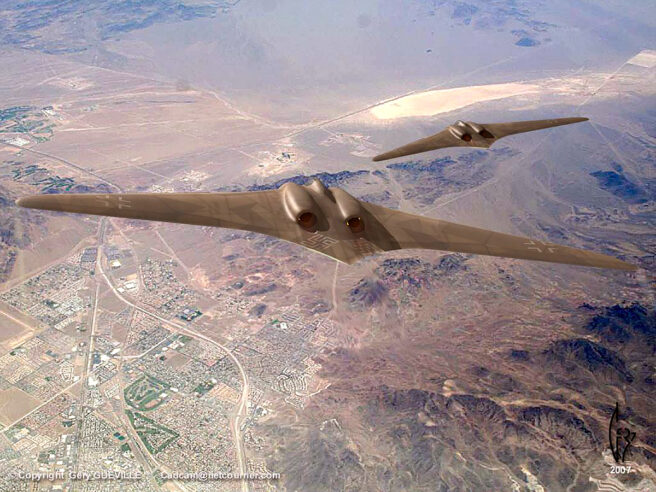
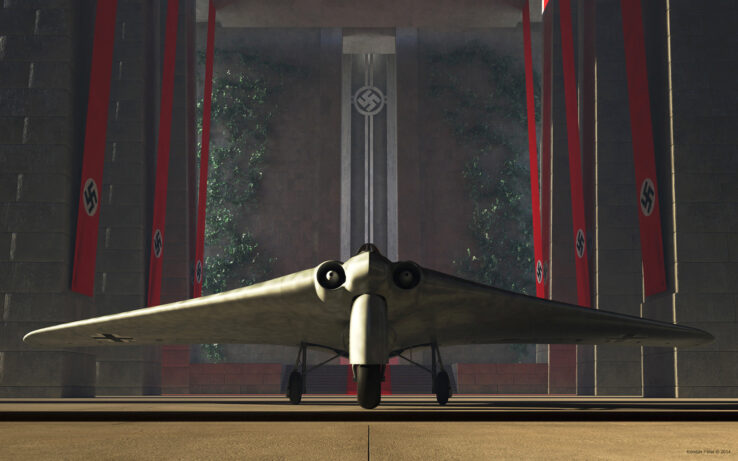
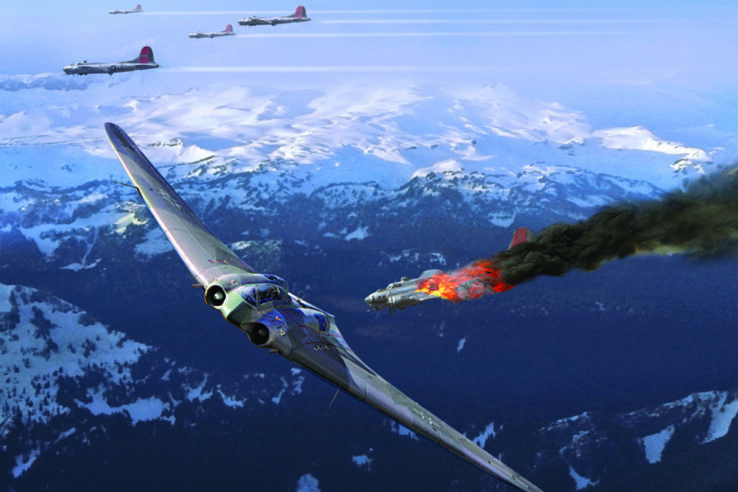
B-2 inspiration
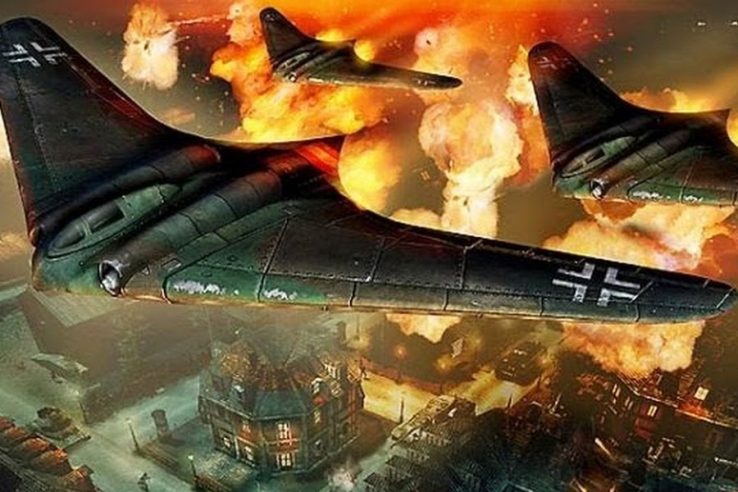
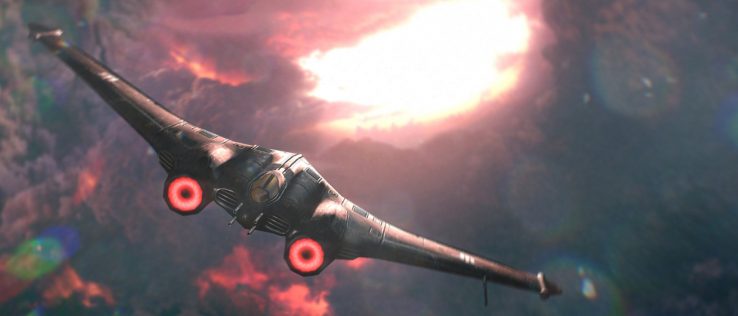
The flying wings in War Front: Turning Point (2007) and the art of “Mask1985” look like a mix between the Horten brothers’ and Northrop Grumman’s B-2 Spirit stealth bomber.
Messerschmitt Me P.08.01

Messerschmitt, one of the largest aircraft manufacturers of the Third Reich, designed their own flying wing, the Me P.08.01, in 1941. It never made it off the drawing table.
Martin Letts created an artwork of this plane flying over New York.
Arado E.555
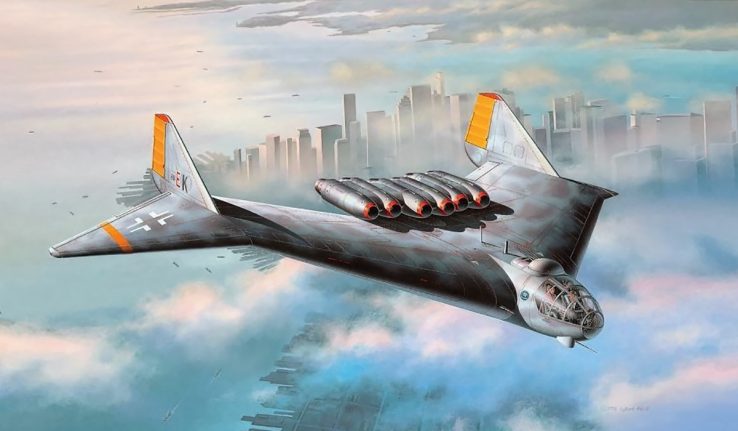
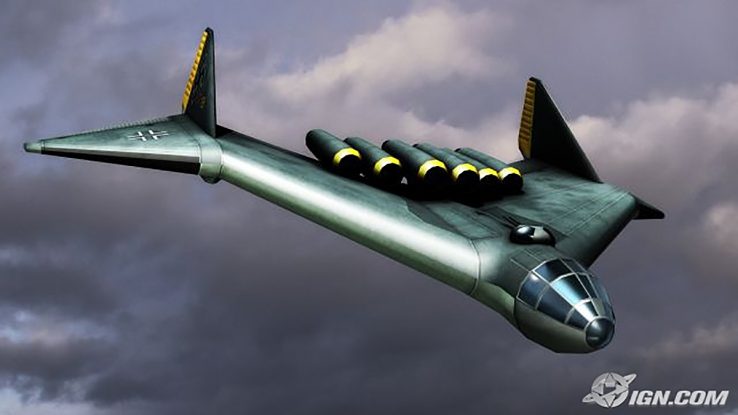
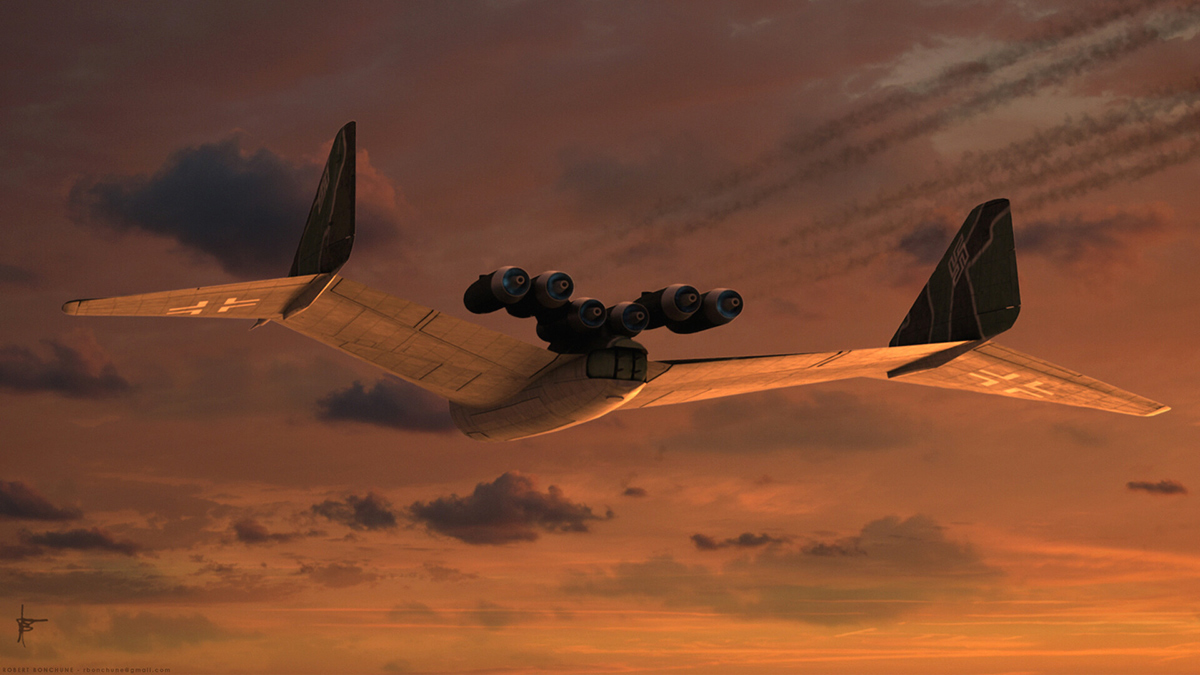
The Arado company proposed another flying wing, the Arado E.555: a transatlantic bomber that could reach the United States. It came in several versions, the most notable of which mounted six jet engines on top of a flying wing. Revell sells a model kit of this version.
A similar plane appears in the 2008 video game Turning Point: Fall of Liberty.
Artist Robert Bonchune created a version with an alternative engine configuration.
Indiana Jones
Indiana Jones and the Raiders of the Lost Ark (1981) has a flying wing, but it’s smaller than the Horten brothers’. Given that the movie is set in (an alternate) 1936, it must be a different plane altogether.
Captain America
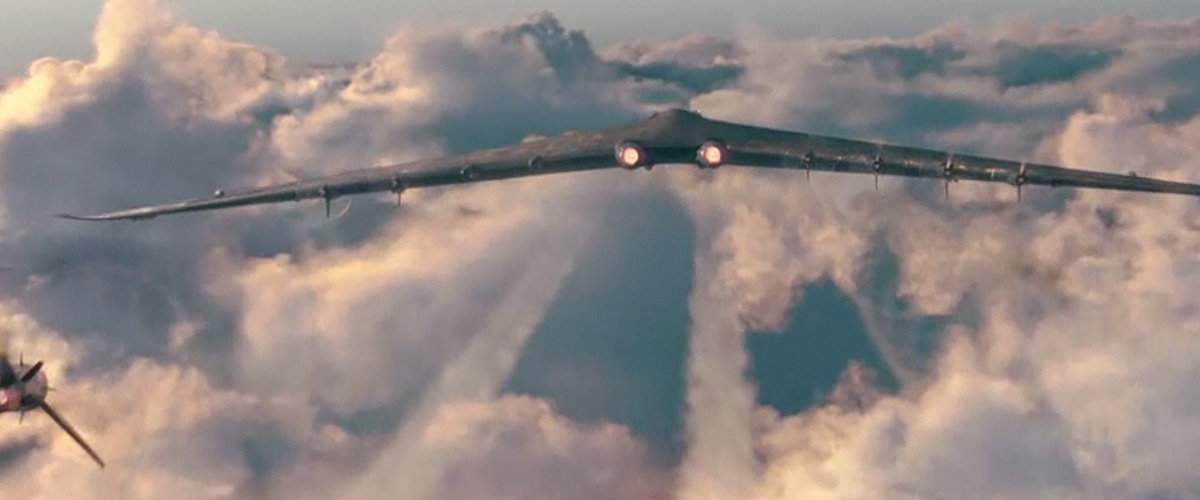
Hydra’s flying wing in Captain America: The First Avenger (2011) clearly takes its inspiration from the real thing, but it is many times larger. It has two massive jet engines as well as eight flying bombs stuck in the back, whose propellers help lift the plane.
Ace Combat
Ace Combat 7: Skies Unknown (2019) has a propeller aircraft not unlike the Hydra flying wing that can carry eighty attack drones. It’s called the Arsenal Bird.
Northrop
During World War II, Jack Northrop (1895-1981), founder of the eponymous aircraft company, proposed a flying wing for the Air Force’s new long-range bomber, which would be able to reach Nazi Germany from the continental United States.
As Northrop saw it, the advantage of a flying wing over a conventional aircraft was that it could distribute its cargo more evenly. In a conventional aircraft, bombs, matériel or passengers are concentrated in the fuselage, requiring both the fuselage and the wings to be reinforced, which in turn reduces speed.
Northrop built various prototypes of which the piston-engined XB-35 or YB-35 flew in 1946. A turbojet-powered version, the YB-49, made its first flight the following year.
Both versions were passed over by the Air Force, which selected the conventional piston-engined Convair B-36 Peacemaker and turbojet-powered Boeing B-47 Stratojet instead. It turned out that the flying wing’s strength was also its weakness: it was able to distribute its payload evenly, but it couldn’t carry bombs that weighed more than 4,000 pounds (1,800 kilograms). America’s main nuclear bomb at the time, the Mark III, weighed 10,300 pounds (4,700 kilograms).
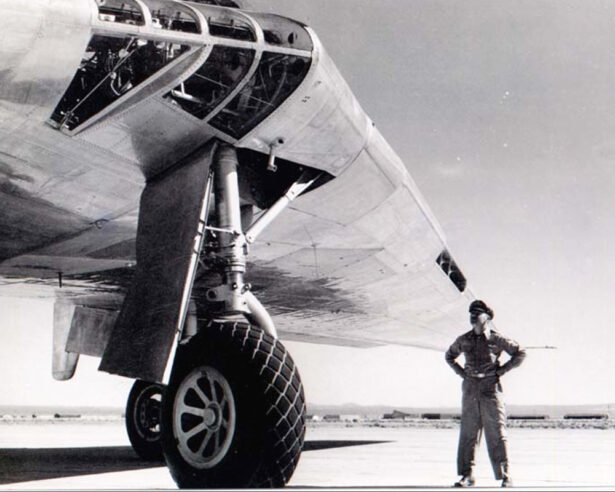
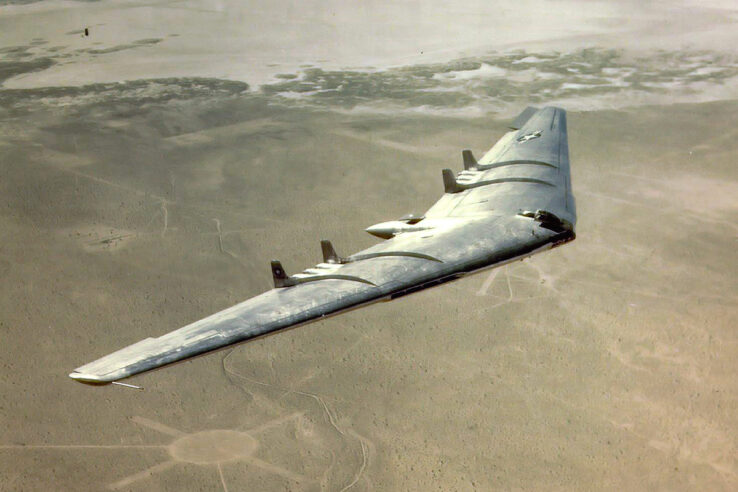
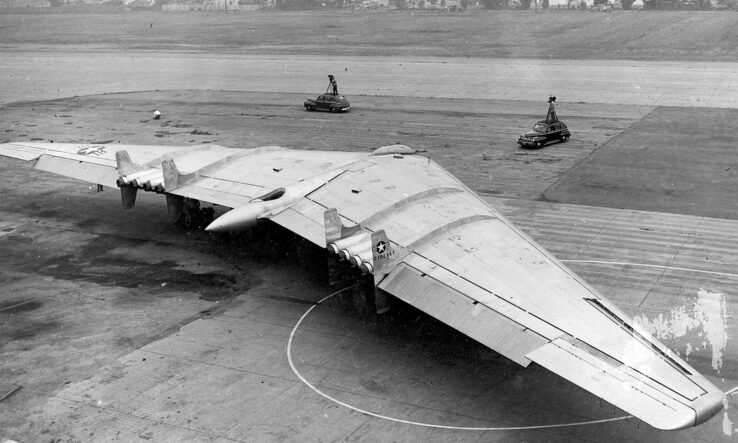
Artists Piotr Glabinski and James Vaughan give us a glimpse of what could have been if the USAF had made a different decision.
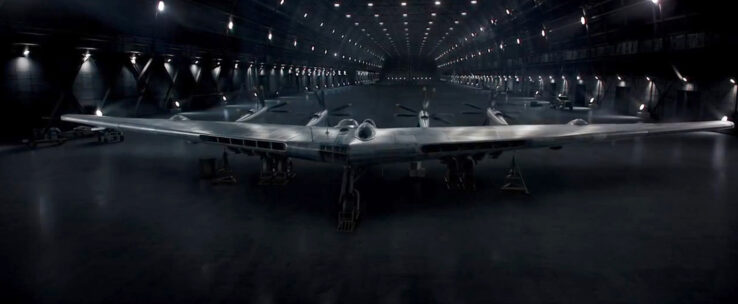
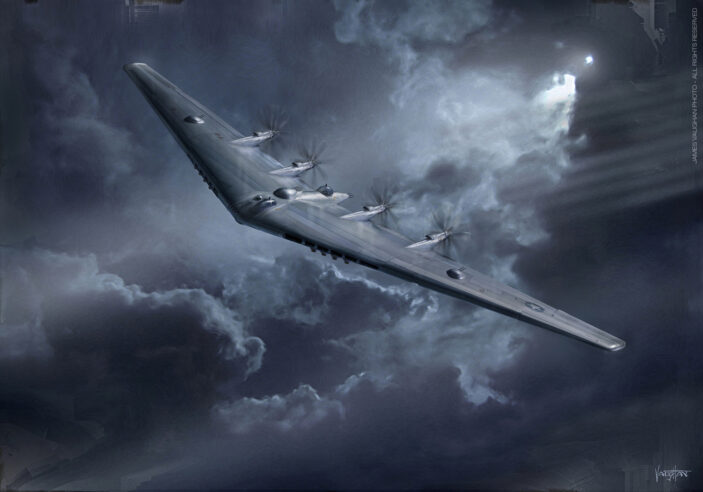
Northrop tried to repurpose the YB-35 for a commercial aviation. Popular Science even made what we would nowadays call an infomercial for the plane in 1948:
It would seat eighty passenger and provide spectacular views of the countryside below through large plexiglass windows in the front.


L. Ashwell Wood must have been inspired by the Northrop plane when he drew a cutaway of a futuristic airliner for Eagle magazine in 1949. His flying wing looks more like an ocean liner in the sky with cabins instead of seats. As a result, the plane could accommodate just 36 passenger. Ticket prices must have been exorbitant!
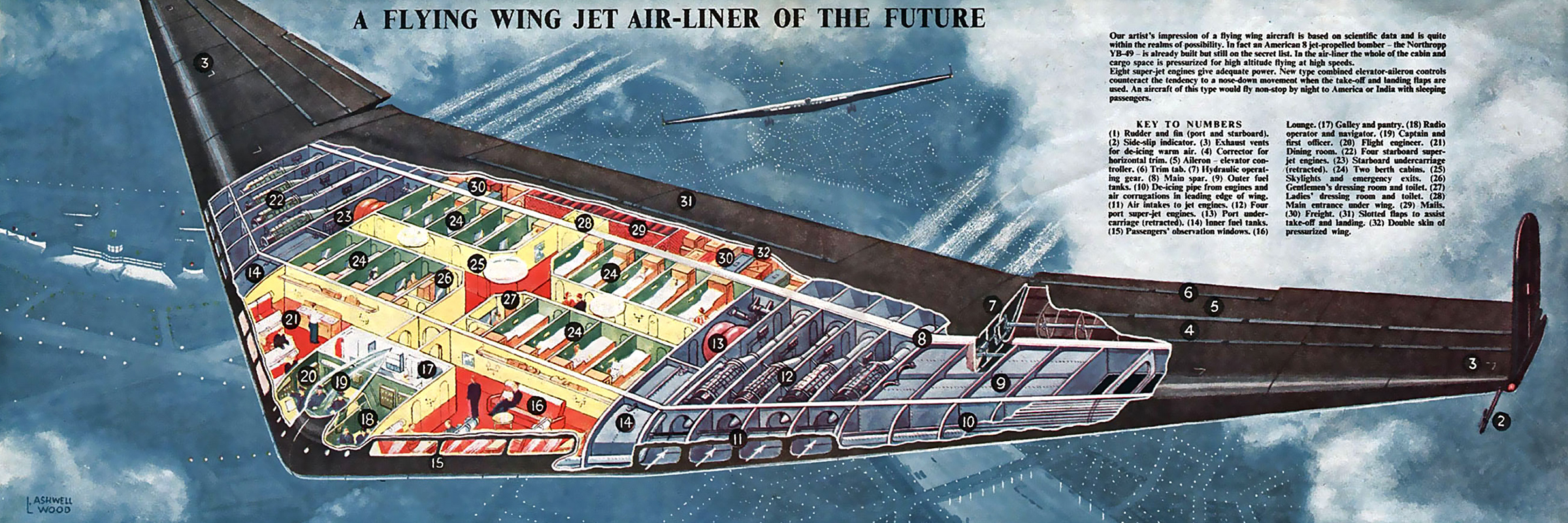
Despite the government’s rejection, Northrop wouldn’t let the flying wing go. Its perseverance paid off in 1989, when the B-2 Spirit stealth bomber made its maiden flight. Almost invisible to radar, this flying wing was designed to bomb the Soviet Union but has been deployed to Kosovo, Afghanistan, Iraq and Libya. At a cost of $2.1 billion, it is the most expensive airplane ever made.
The B-2 is slated to be replaced by the B-21 Raider in 2032, which will also replace the Rockwell B-1 Lancer and the much older Boeing B-52 Stratofortress. The expectation is that the Air Force will buy at least 100 of the new stealth bombers, which should cost around $550 million each.
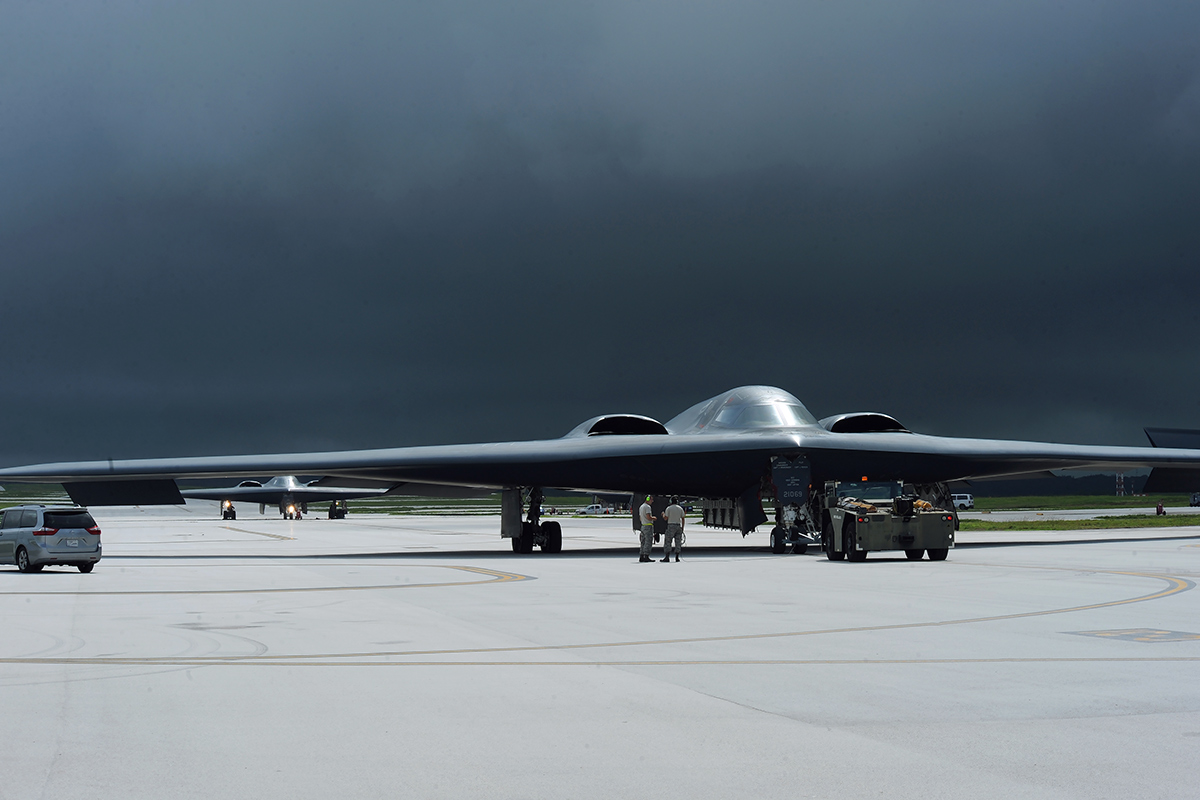
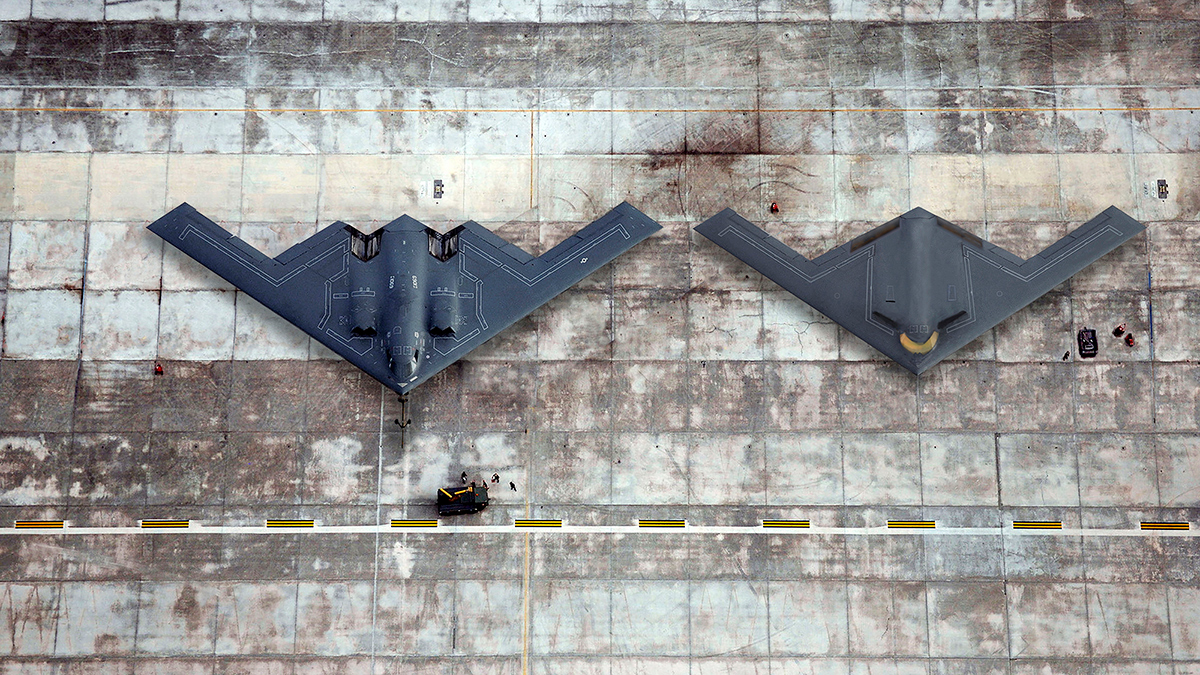
Avenger
McDonnell Douglas and General Dynamics jointly proposed a flying wing for the United States Navy in the late 1980s that could replace the Grumman A-6 Intruder all-weather attack aircraft. It was named Avenger II after the World War II-era Grumman TBF Avenger torpedo bomber.
The project ran into several problems. The aircraft’s weight increased 30 percent over design specifications; bad news for a plane that needed to operate efficiently and effectively from an aircraft carrier. Its radar system turned out to be much more expensive. Secretary of Defense Dick Cheney, the later vice president, canceled the Avenger in 1990. The Navy bought the Boeing F-18 Super Hornet instead.
The future we were promised
The flying wing’s time may finally be here. Unmanned aerial vehicles tend to use the design, including America’s Northrop Grumman X-47B, Britain’s BAE Systems Taranis, France’s Dassault nEUROn and Russia’s Sukhoi S-70.
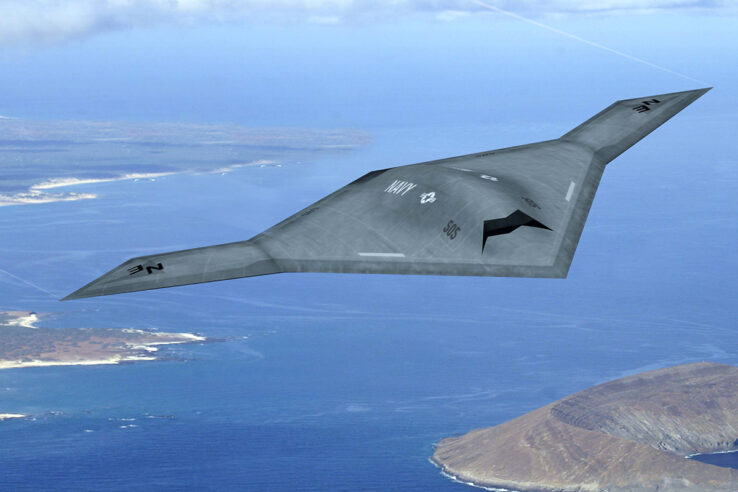
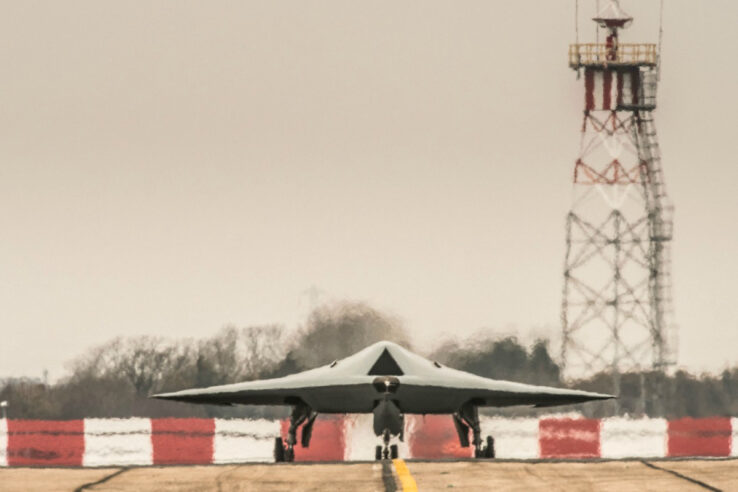
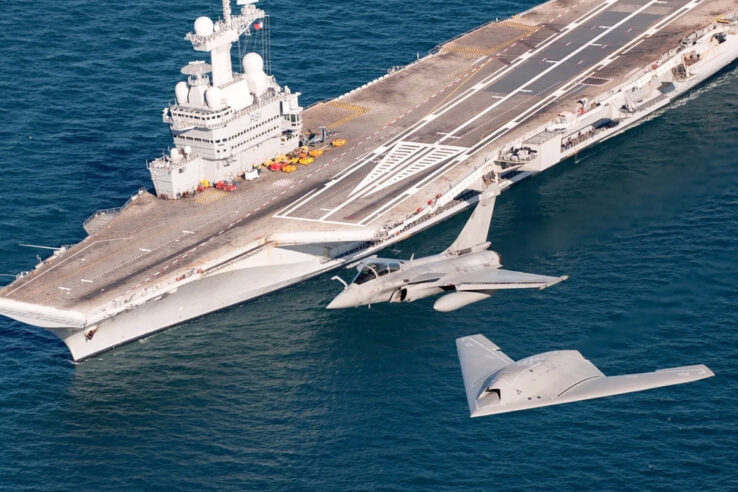
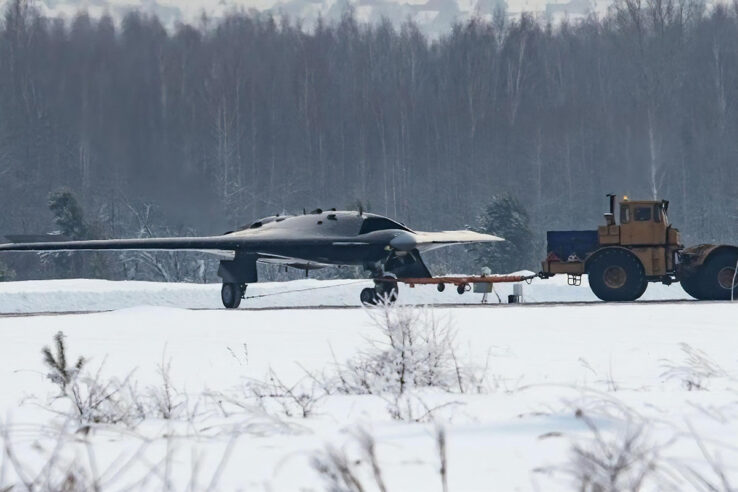
When NASA challenged manufacturers in 2012 to develop an aircraft that would burn 50 percent less fuel, and cut harmful emissions in half, from aircraft that entered service in 1998, Northrop came back with a flying wing again. It design had four high-bypass Rolls Royce engines embedded in the upper surface of the wing to provide noise shielding.
Researchers at Delft University of Technology in the Netherlands are developing a flying wing for commercial use with the support KLM Royal Dutch Airlines. Their Flying-V would use 20 percent less fuel than the Airbus A350, the most advanced passenger jet in the sky, and seat about the same number of passengers (300).
The Airbus ZEROs, a hydrogen-fueled, zero-emissions passenger plane, and the Tupolev Tu-404, a double decker that would seat up to 1,200 passengers, are technically blended, or hybrid, wing bodies: aircraft where wings and body aren’t clearly separated. The main advantage of this design is that it reduces drag.
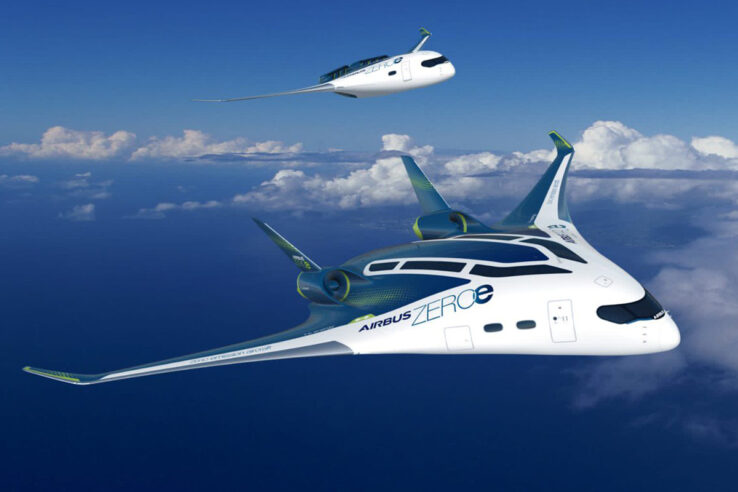
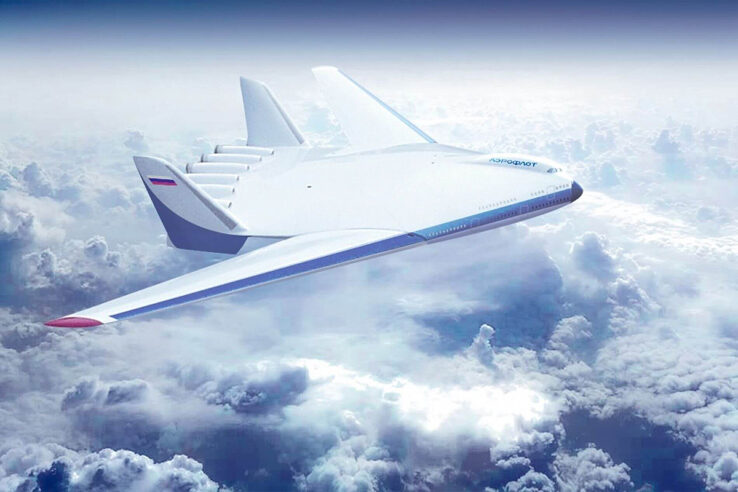
In 2003, artists Neill Blomkamp and Simon van de Lagemaat illustrated a futuristic blended-wing passenger jet for Popular Science. It was later misidentified by people on the Internet as the prototype of a new 1,000-passenger Boeing 797 jetliner. In reality, the 797 will probably be a new midsized passenger jet for 225 to 275 passengers. It is still under development.

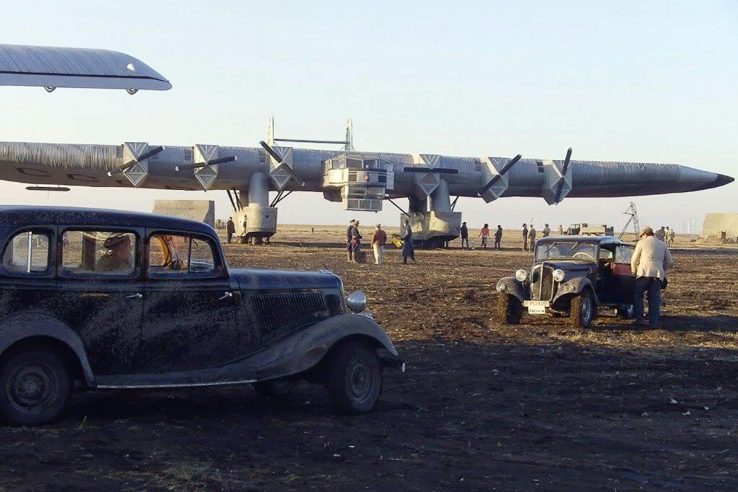
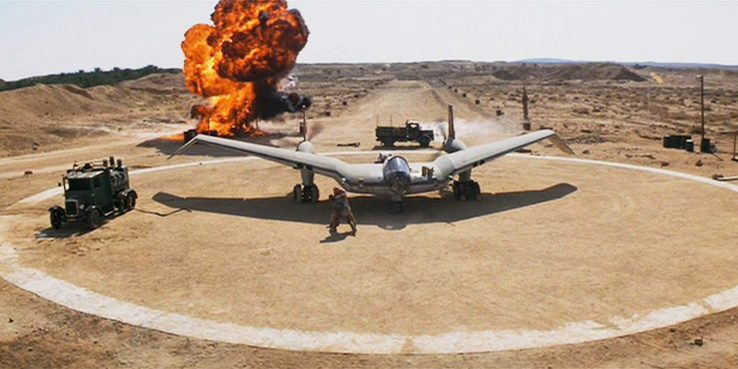
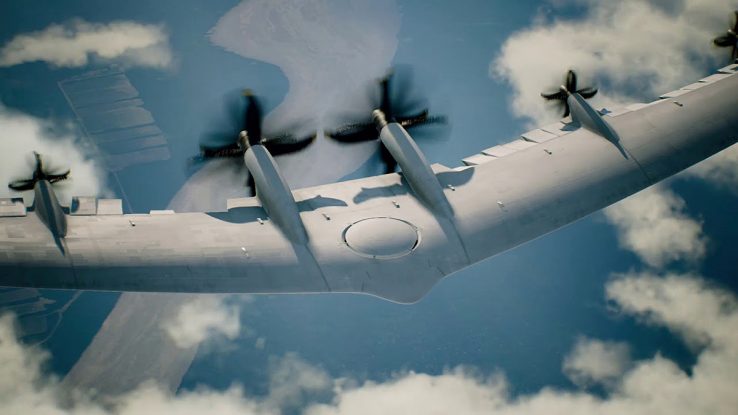
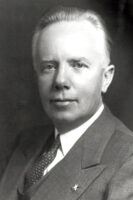
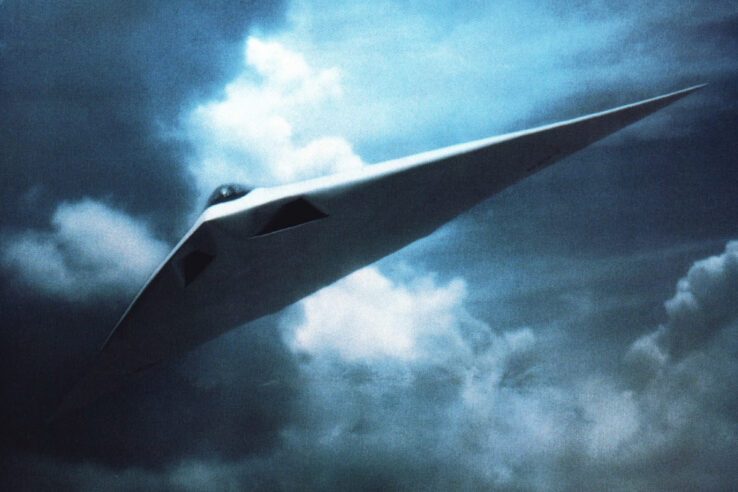
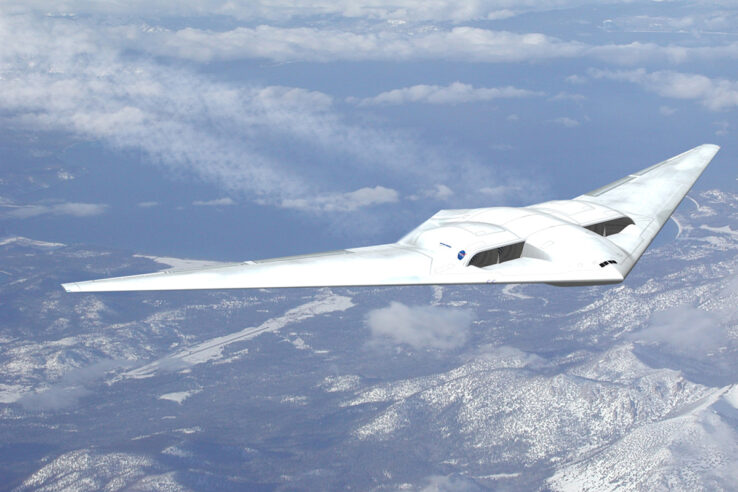
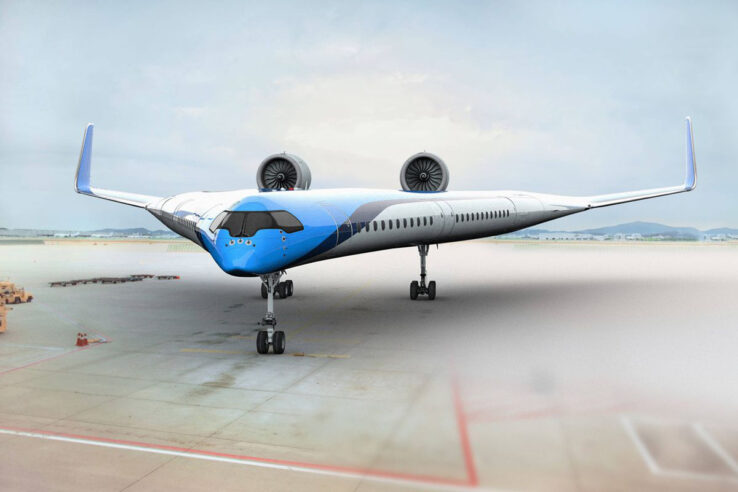
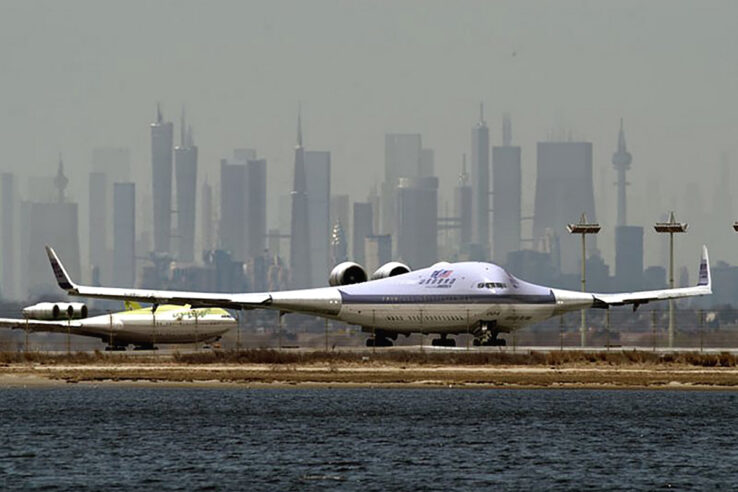

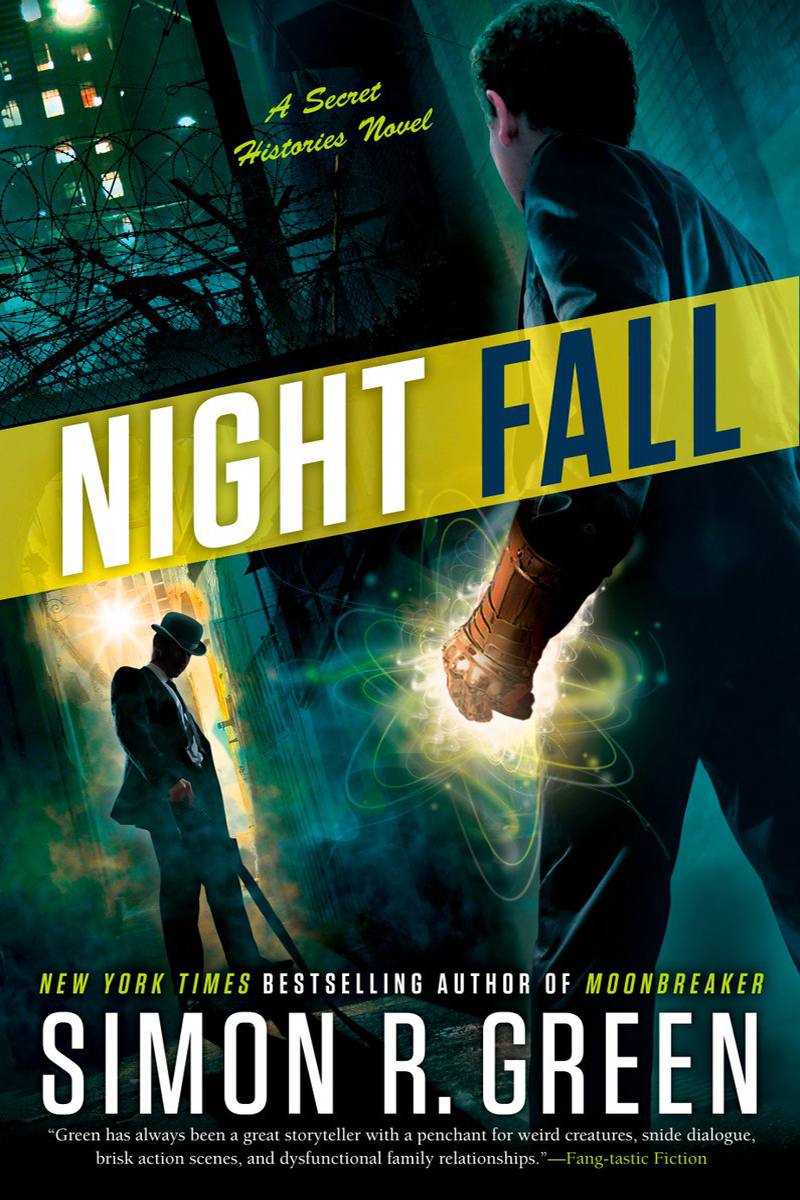


1 Comment
Add YoursAm looking at that “The future we were promised” and wondering, Did I miss something? I don’t seem to be living that future. And where are the moon colonies? And where are Paolo Soleri’s arcologies? And zeppelin skyliners, where are the zeppelins?